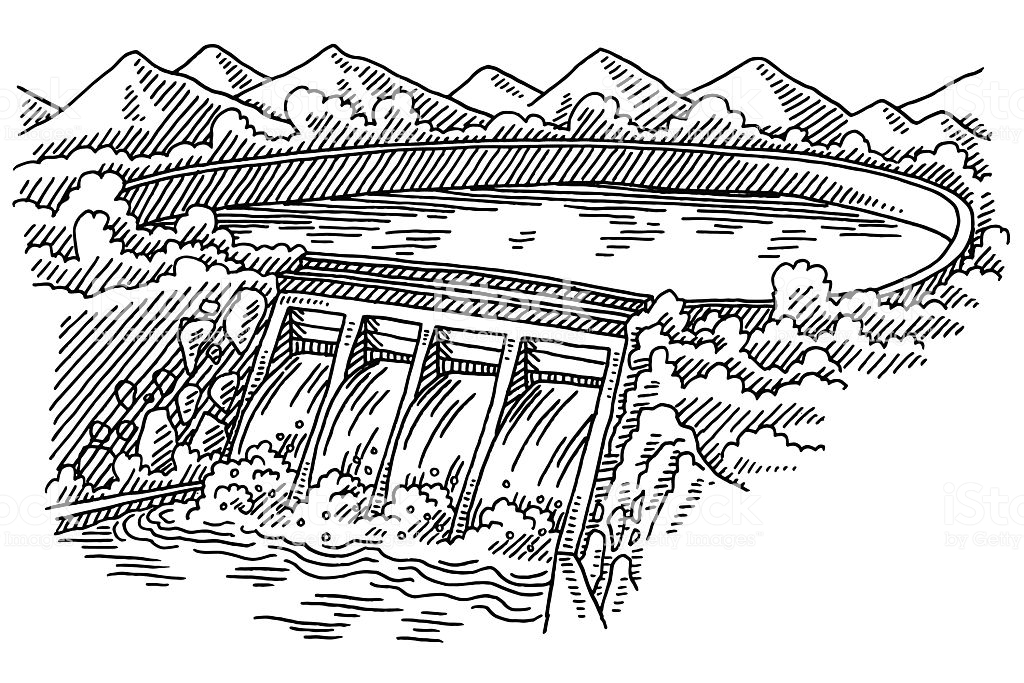
At its core, this article is about water and its life-or-death importance here in the desert, but not in the typical sense. Much has been written and said about water being among our most precious resources, and with good reason. We need to administer it wisely. Watersheds, rivers, acequias and community ditches are all vital parts of our water systems, but dams are perhaps the most important pieces of water infrastructure, which is not talked about nearly enough. The critical nature of dams does not involve just the delivery of water so much as the storage of water.
Under a best-case scenario, dams hold spring runoff water in lakes and reservoirs for delivery in drier summer months. Dams are a crucial component of the complex system by which the state administers water to users and meets its delivery obligations to other states. Lakes and reservoirs also provide some measure of recreational value through camping, boating and fishing.
Under a worst-case scenario, some of New Mexico’s dams are a potential nightmare waiting to happen. When a levee or dam fails, thousands of gallons of water can flood the areas below it, threatening property, livestock and human life. In rural areas, the primary consequence is that the water contained by the dam is no longer available. However, as our cities and suburbs have grown and subdivisions have crept into what once was agricultural land, the potential for loss of life resulting from a dam failure has grown.
It is an easy problem to overlook: most dams appear to be sturdy enough. Upon closer inspection though, many of our dams are old and in desperate need of upkeep. In fact, the Office of the State Engineer maintains a list of dams in New Mexico, classifying the hazard potential and condition of each locally, privately and state-owned dam. The shocking thing about that list is that there are 179 dams in the state that are in poor condition, with another five listed as unsatisfactory. Scarier still is that two of those five carry a high hazard potential, meaning that dam failure or misoperation will “probably cause loss of human life”. Many of the dams classified as being in poor condition also carry a high hazard potential. Again, livestock and residences are threatened by poor dams.
To be fair, most of the dams on the state engineer’s list are relatively small and are located in rural areas, whereas many of the larger dams in the state are maintained by federal agencies. Also, a number of the “poor” designations are for dams that do not have adequate design information; they could be fine, but we just do not know.
There is, however, some good news here: New Mexico is in an excellent position to address these concerns. Recent revenue estimates indicate that the state expects almost $800 million in new money this year. State agencies and advocates from every corner of state government are asking for budget increases, some of them dramatic. I have no doubt that most of those requests are valid; our state has many needs. Still, if we are serious about protecting several of our state’s most vital resources (water, land and people), and if ideas such as 50-year water plans are to have any real meaning, then the state must further commit to funding dam restoration and repair. Some work has already been done on dams across the state, so the problem has not been ignored so much as under-prioritized. While I believe that the total cost of addressing this issue is significantly more, I plan to introduce a bill in the 2020 legislative session appropriating $100 million for dam repair and renovation. Our water and our safety are too precious for us to ignore any longer.






